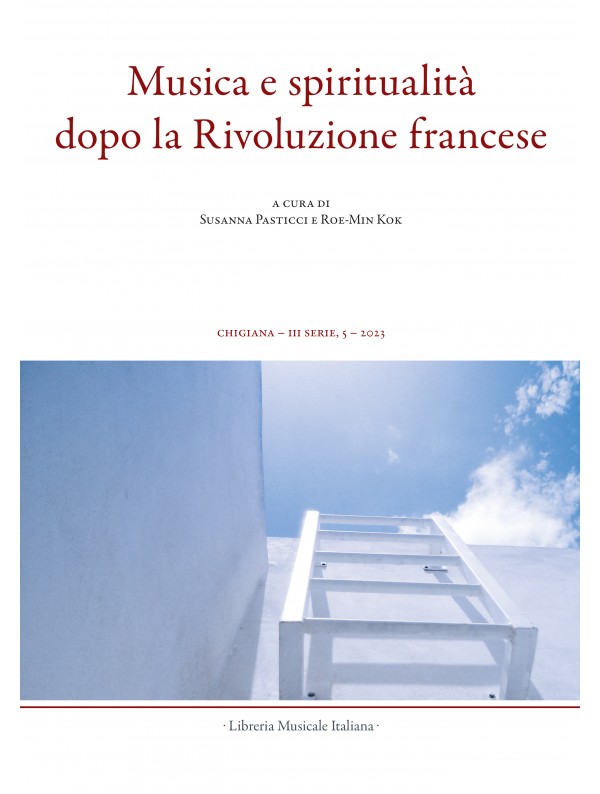Christ in the Kulturkampf
Competing Truth Regimes in German Religious Art and Music of the 1870s
Abstract
The secularisation paradigm has long defined attitudes towards nineteenth-century religious music and painting. Within both musicology and art history, such art has often been treated as marginal to mainstream artistic developments and tangential to the social, political, and intellectual preoccupations of its age. This paper offers a corrective, exploring how religious art was messily intertwined with the most contentious socio-political issues of the 1870s and demonstrating the complex spiritual currents embodied in religious artworks and their reception. I focus on two works and the debates they prompted: Franz Liszt’s oratorio Christus (premiered in 1873) and Max Liebermann’s painting Christus im Tempel (1879).
On the face of it, these works point to antithetical currents, the one seemingly offering a dogmatic, ultramontane view of Christ while the other a provocative rejudaising of its subject. Both works are united, however, in departing from — and offending against — the dominant Protestantism of Bismarck’s Germany. They challenge normative conceptions of the representation of Christ, presenting not so much religious art as art about religion and about religious art. By juxtaposing modern and historical elements, they delineate distinct temporalities and set in motion alternative conceptions of truth. Ultimately, both works offer open, unstable texts onto which competing critical voices projected their own truths.
The hostile reception of Liebermann’s Christ led him to overpaint the image to make it more acceptable to his non-Jewish critics. Similar critical “overpaintings” imbued Liszt’s Christus with a humanistic or pantheistic aura, enabling an uneasy accommodation with cultural Protestantism.





